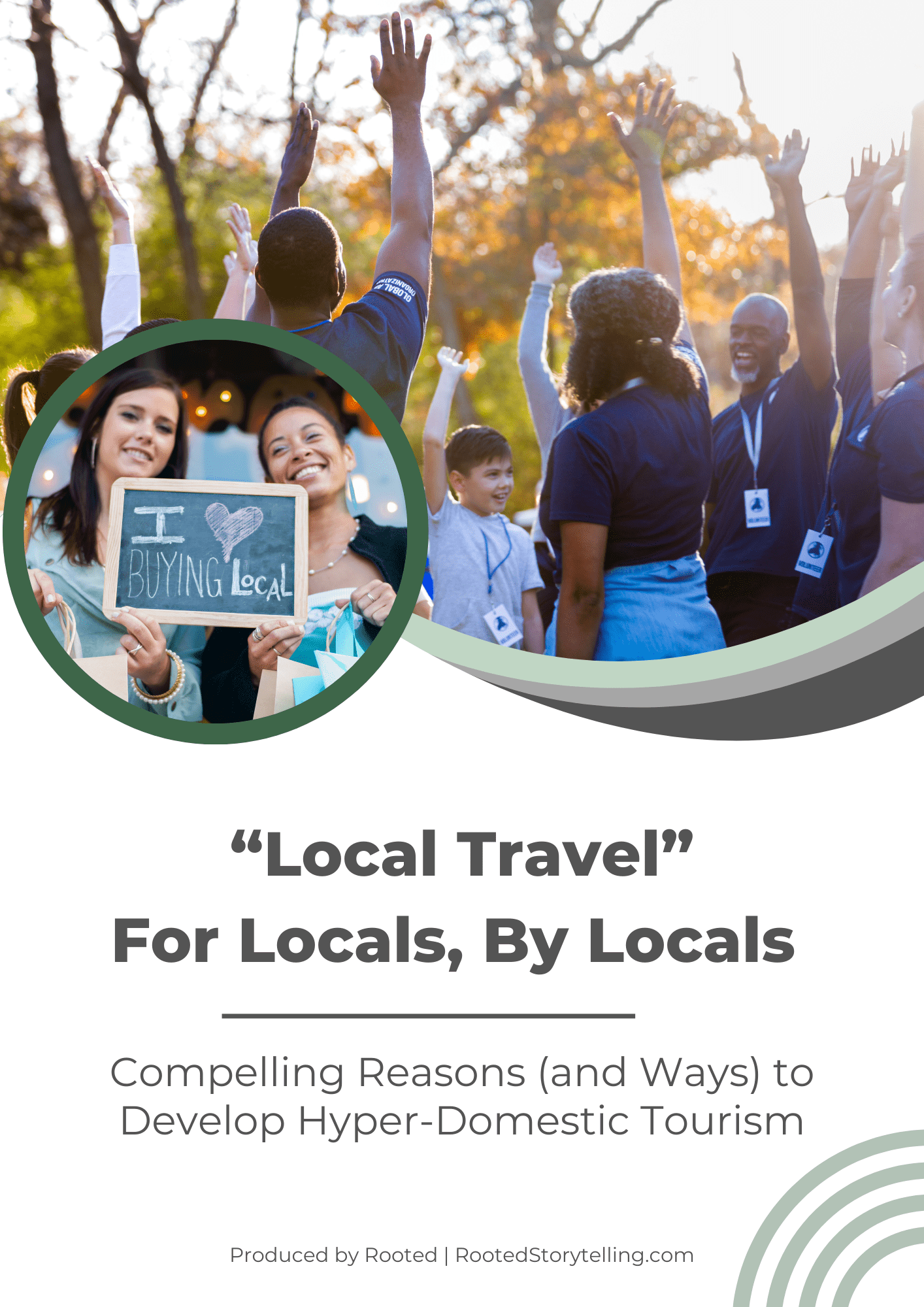
“Local Travel” For Locals, By Locals: Compelling Reasons (and Ways) to Develop Hyper-Domestic Tourism
Tourists want to “travel like a local.” When the tourism industry creates domestic tourism for local residents and local businesses, they benefit too.
In recent years, booking platforms, tour companies, and destinations have encouraged travelers to “go local,” much to the disappointment of locals themselves. As travelers rushed in, eager for the “local” experience, residents retreated from their favorite bars, cafes, and parks as prices skyrocketed and they were forced to share their favorite coffee nooks with influencers who only cared about taking selfies with their cappuccinos.
While suggesting visitors embrace the “local” lifestyle, destinations and tour operators have largely left actual local residents behind. This is a huge missed opportunity across the tourism industry.
This 6-page resource encourages the tourism industry to consider what happens when people travel like locals because they are locals.
It is designed for:
Inside you’ll find:
Get instant access to
“Local Travel” For Locals, By Locals:
Compelling Reasons (and Ways) to Develop Hyper-Domestic Tourism
below:
Our three-tiered pricing is based on the World Bank’s Country and Lending Group data.
Please select the pricing structure that's most relevant to your situation.
Learn more about Rooted’s tiered pricing structure.
tier 1 pricing
$9.99
You will have access to the downloadable PDF immediately upon purchasing.
Our three-tiered pricing is based on the World Bank’s Country and Lending Group data.
Please select the pricing structure that's most relevant to your situation.
Learn more about Rooted’s tiered pricing structure.
tier 2 pricing
$8.50
You will have access to the downloadable PDF immediately upon purchasing.
Our three-tiered pricing is based on the World Bank’s Country and Lending Group data.
Please select the pricing structure that's most relevant to your situation.
Learn more about Rooted’s tiered pricing structure.
tier 3 pricing
$7.00
You will have access to the downloadable PDF immediately upon purchasing.
Enter your email below to subscribe to the newsletter and stay in the know about Rooted's latest resources, courses, and offerings.

